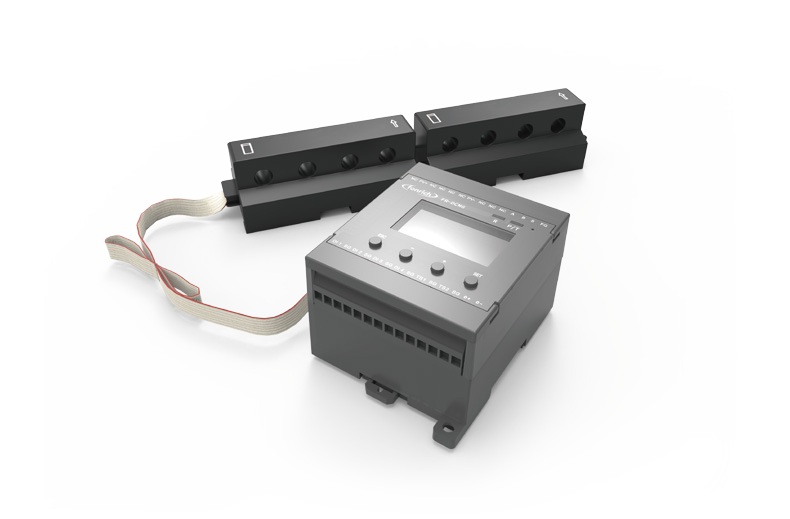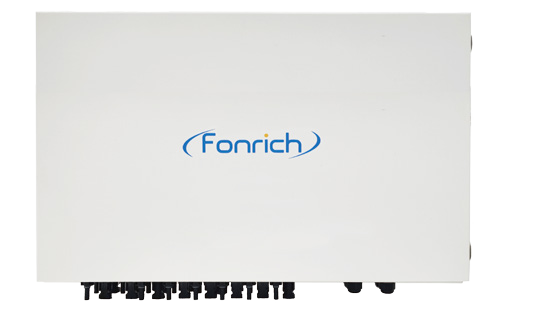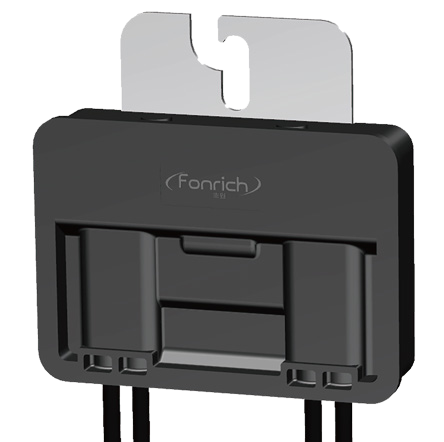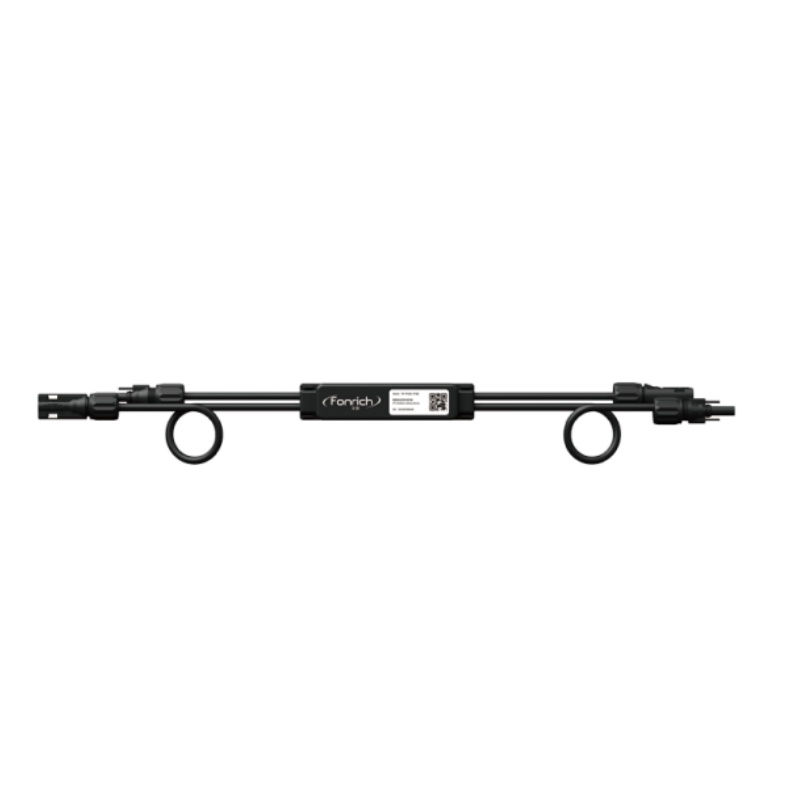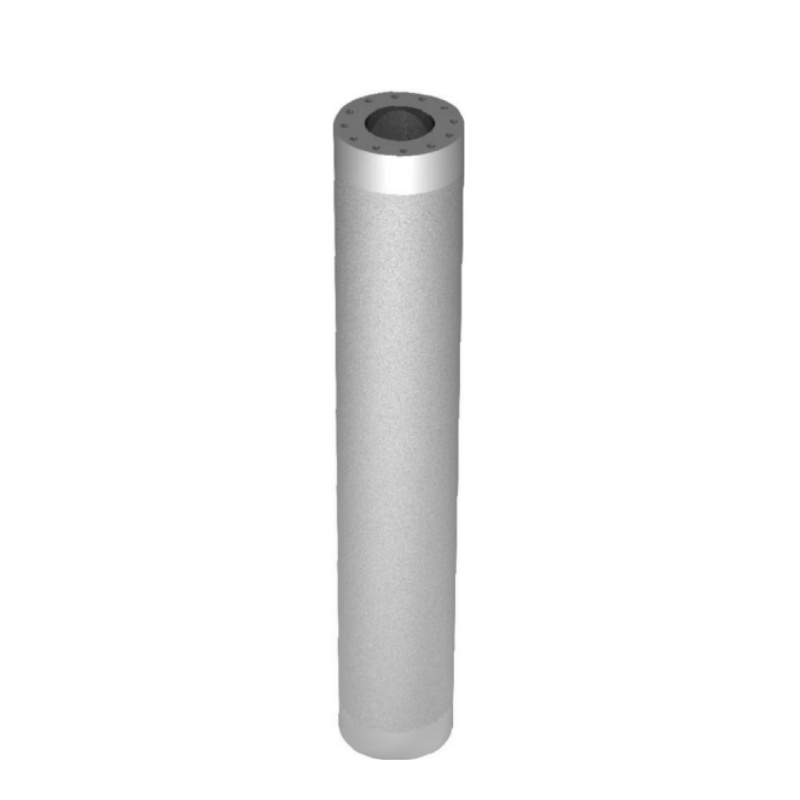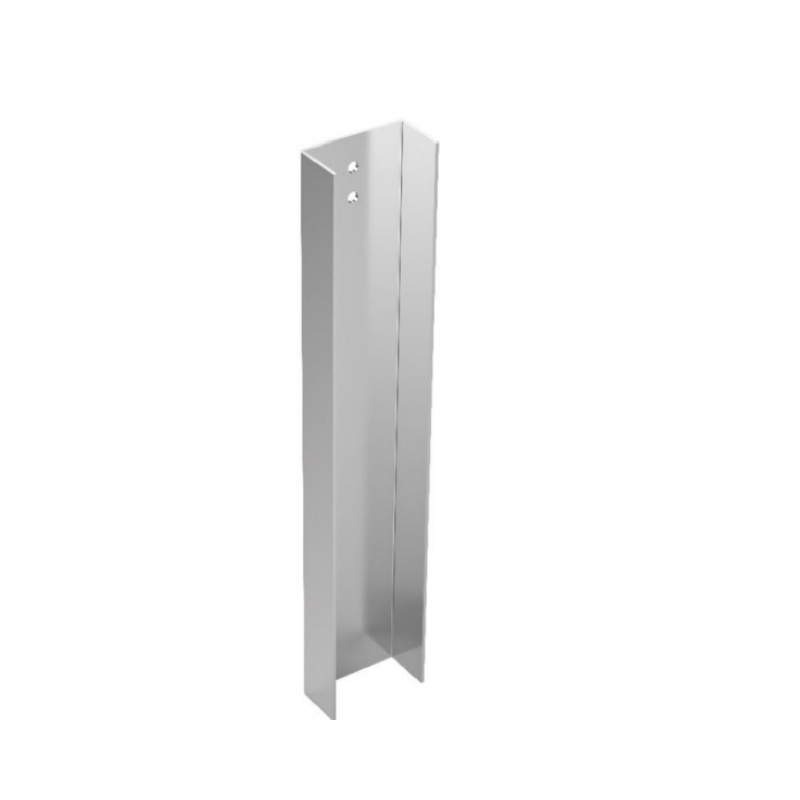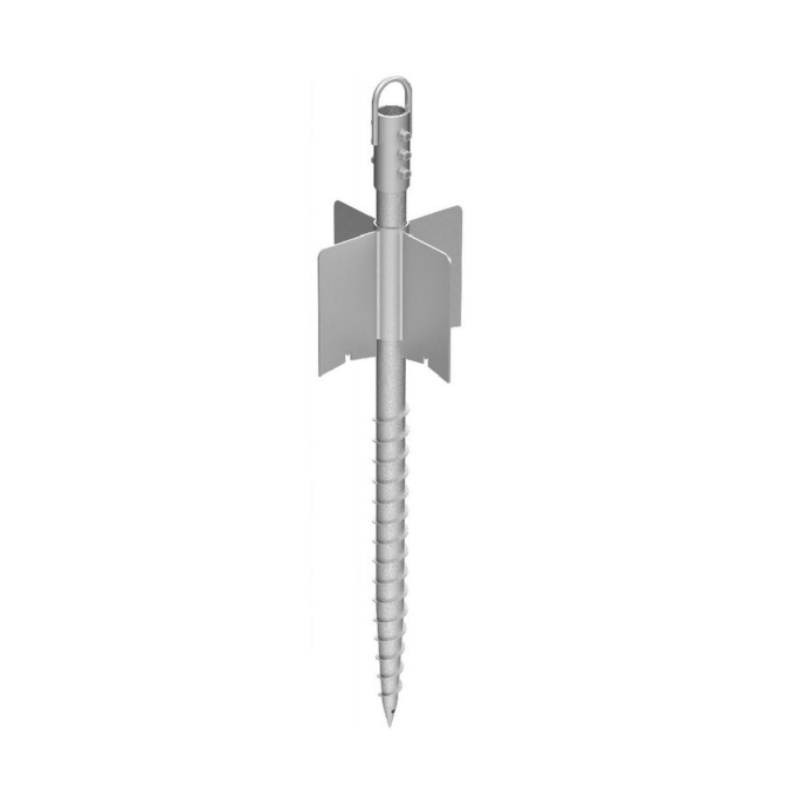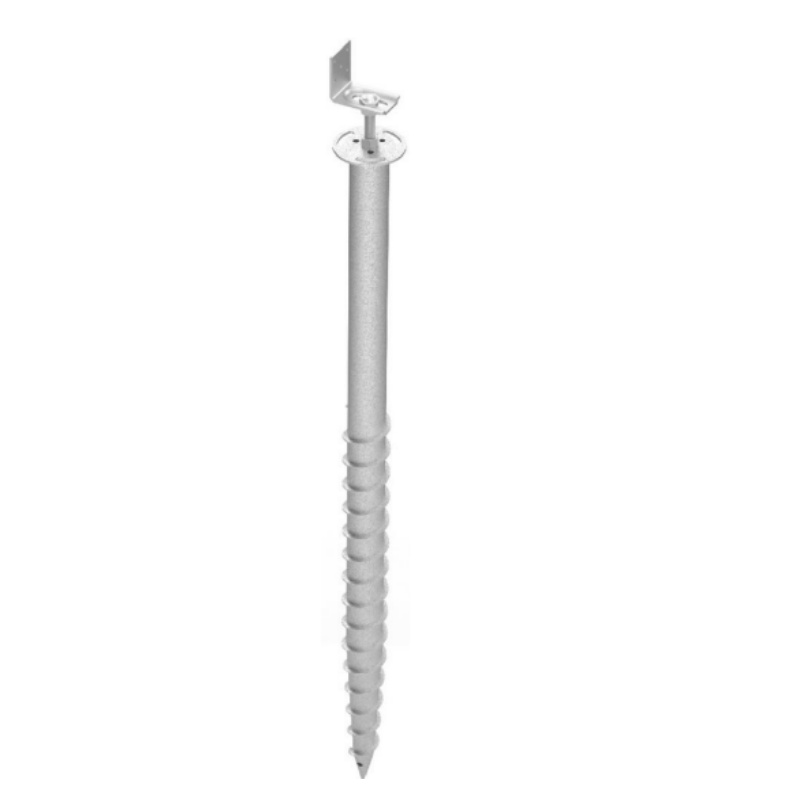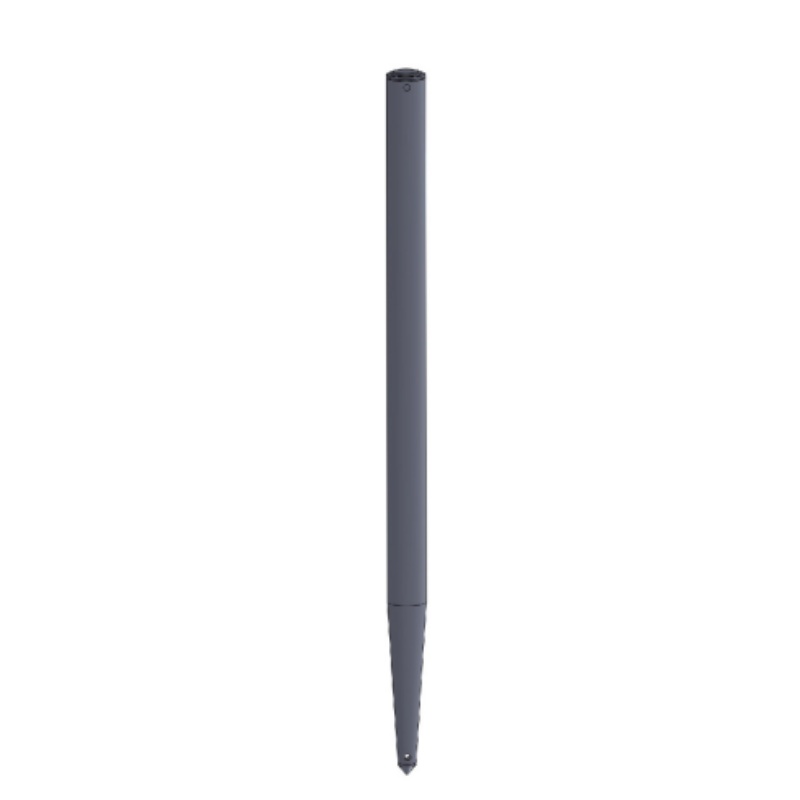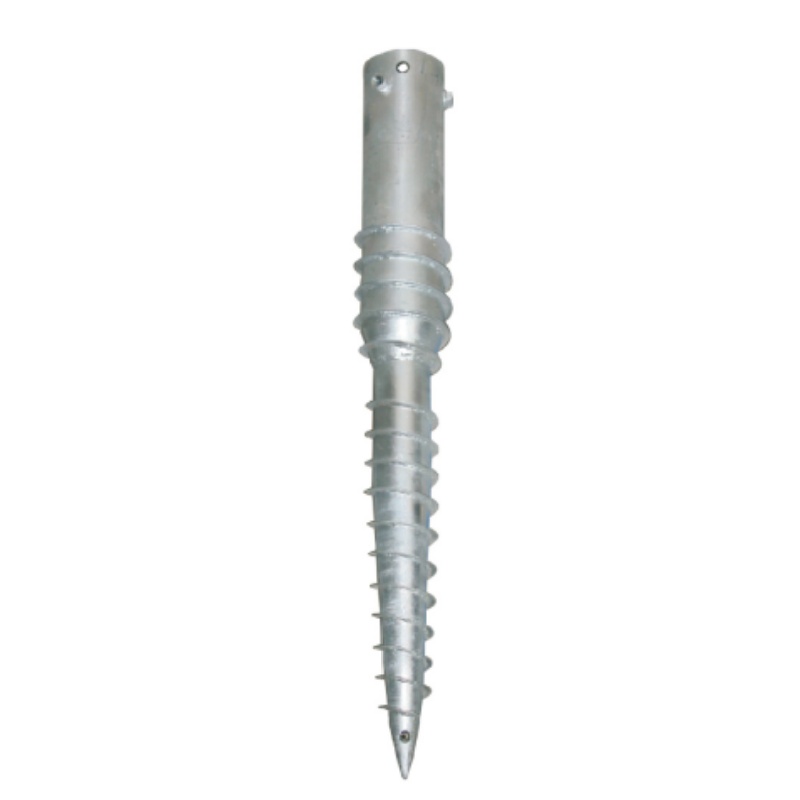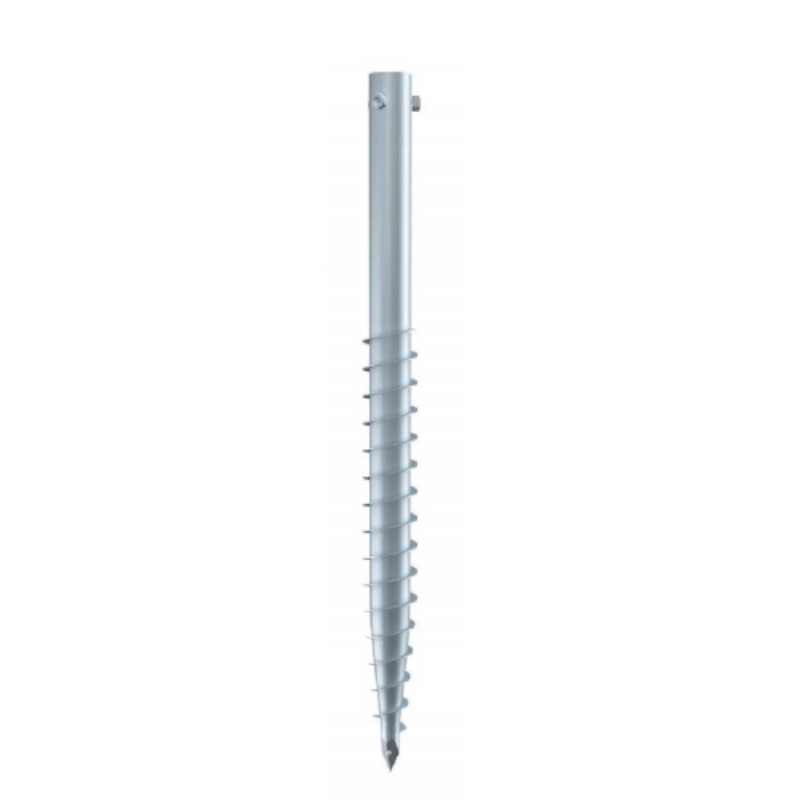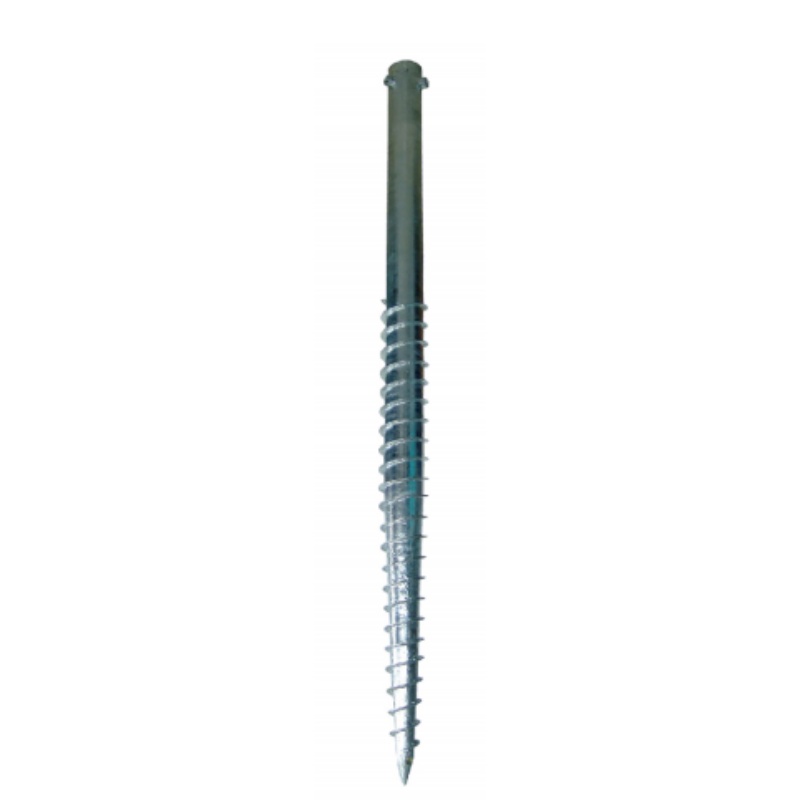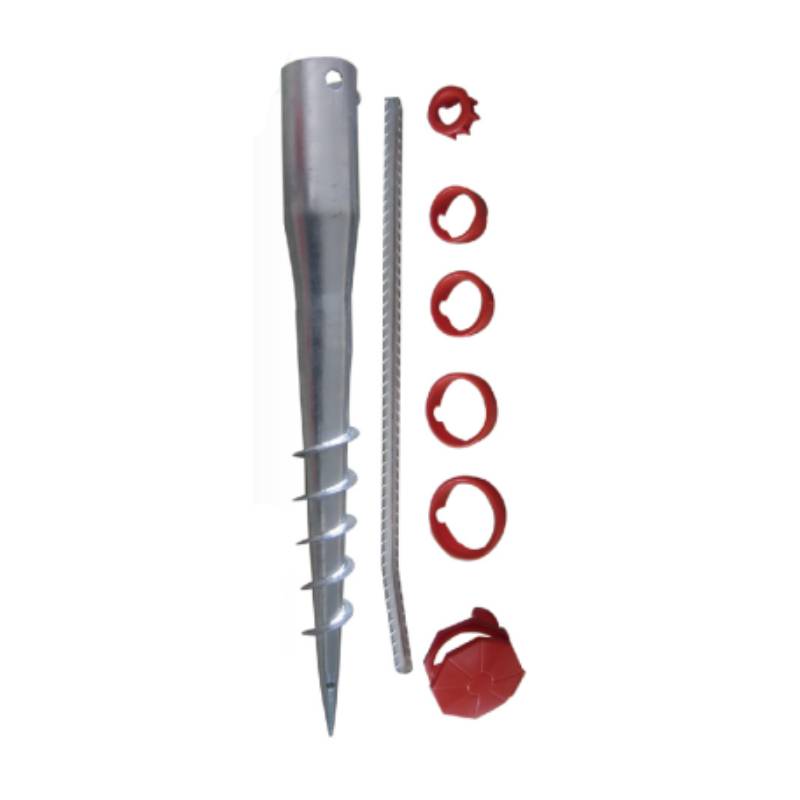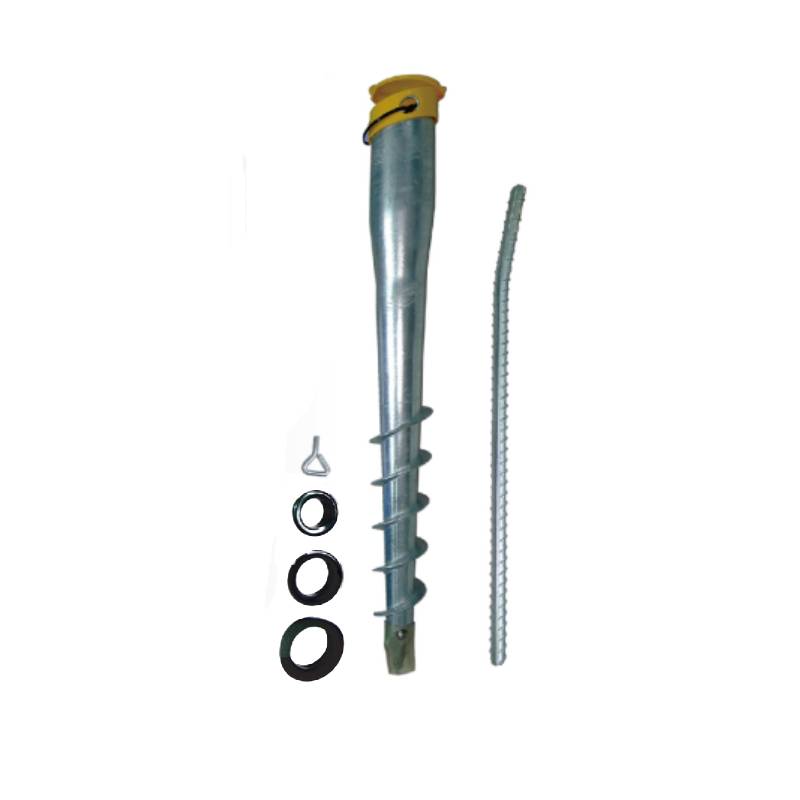Wedoany.com Report-Nov 5, Prices for solar modules have fallen rapidly since September 2023. In Europe, mainstream solar modules reached values of around €0.14 ($0.23)/W of generation capacity in December 2023, compared to around €0.30/W at the beginning of that year. In 2024, prices have only continued to fall, including for the highest-performing products.
Despite the downward trend, the figures still represent considerable turnover. In Germany alone, assuming an average value of €0.24/W, €3.6 billion of solar modules were sold to end customers by wholesalers in 2023, including their price mark-ups. This resulted in nearly 15 GW of solar generation capacity installed nationwide.
That high capacity and revenue, combined with the fact that Germany accounted for just under 4% of the global solar market in 2023, should be considered when reviewing the statistical evaluation by CalLab PV Modules at the Fraunhofer Institute for Solar Energy Systems (ISE) in Freiburg, Germany. The resulting document, “Nominal power of PV modules compared to measured power in the calibration laboratory: Is there an increasing trend towards excessive nominal power?” revealed clear indications that the power specifications stated on module nameplates tend to be too high.
Daniel Philipp, head of the module characterisation and reliability department and manager of the test and calibration lab at Fraunhofer ISE, along with his colleagues Martin Kaiser and Ulli Kräling, have analyzed approximately 68,500 module power measurements taken since 2012. The researchers carefully removed data that could distort the results. For example, they excluded modules with unknown serial numbers and multiple measurements of the same specimens, such as those from aging tests. Only modules with crystalline silicon solar cells were included, leaving 6,349 data points.
The results showed that from 2012 to 2016, there were indeed differences between the reported nominal outputs and the results determined by Fraunhofer ISE, but the difference on average was less than 1%. In 2016, the average deviation between manufacturer-specified power output and the output measured by Fraunhofer ISE was 0.4%. Since then, the rate of deviation has grown by 1.8 percentage points. In 2023, the average deviation was 2.2%. In fact, 80% of the evaluated data points were in a range of up to around 4% negative deviation. Positive deviations – when the power measured at ISE is higher than accounted for – were virtually nonexistent in 2023, despite being common in the past (see chart below). In other words, customers would get less for the same nominal power that they purchase.
If those results are applied to solar module sales in Germany, it means that an estimated €80 million to €140 million may have been overpaid in the wholesale sector. In terms of the global market, that would result in a shortfall of several billion euros. Or a gain – that’s a question of perspective.
If the stated rated output for any given module is 2% higher than the actual value, that means 8 W for a 400 W module, and 12 W for a 600 W module.
Manufacturers usually sell their products in power rating increments of 5 W because for technical reasons it’s not possible to manufacture modules with exactly the same output in series production. This means they are measured in the factory with a solar simulator, or flasher, and then divided into corresponding classes according to watt output – for example, from 405 W to 410 W, or 415 W and 420 W to 425 W. A positive tolerance is customary here, at least with renowned manufacturers: 400 W or more have to be measured for a module declared as 400 W. However, if there is a deviation of 2% or more, a module then slips into the 405 W or even 410 W category.


